
Master's Thesis "Chicana Light" Intertwines Personal Narrative with Civil Rights
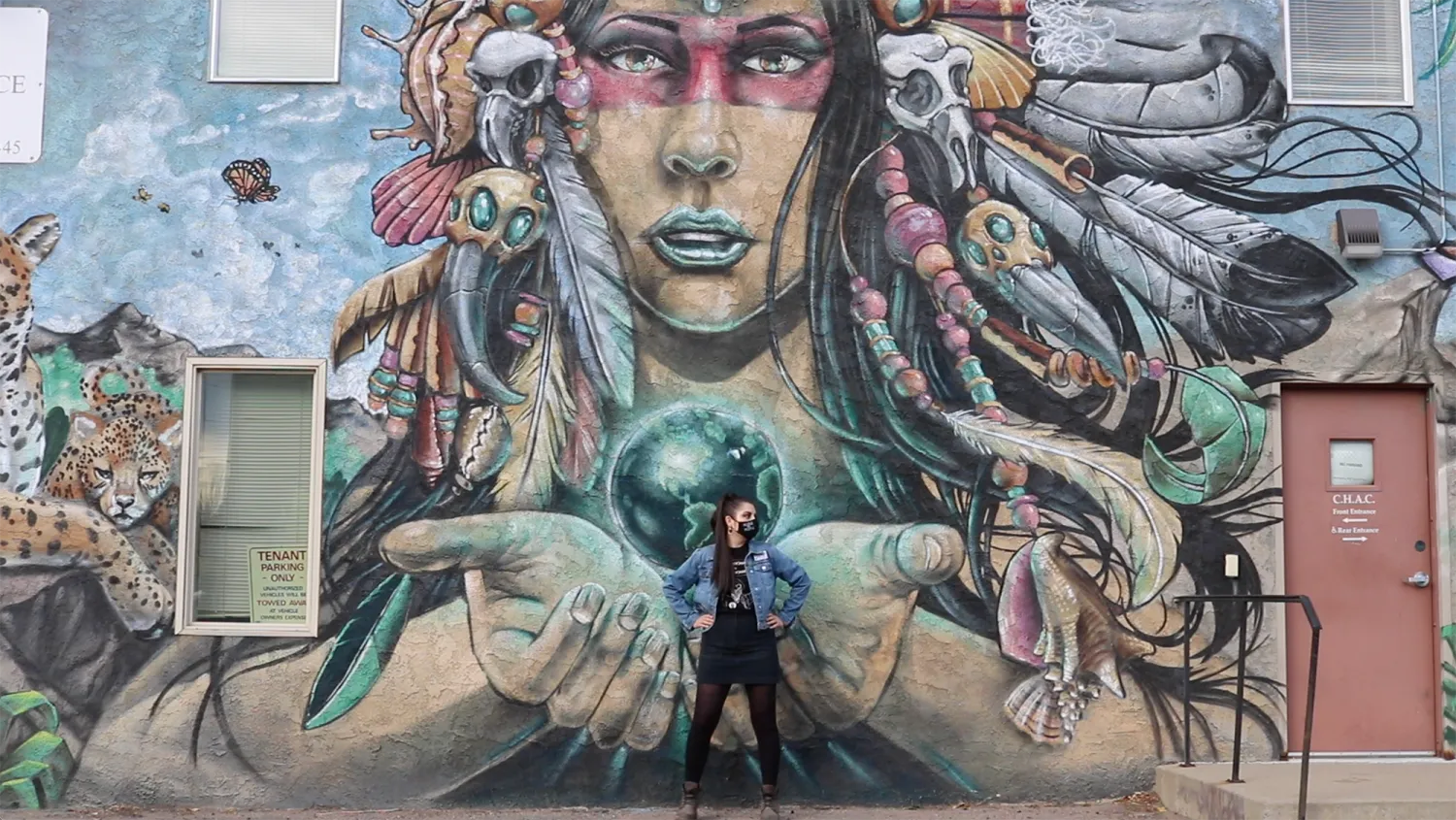
Andrea Fautheree Márquez (Art,IntlAf’16; MATLAS’21) grew up in Pagosa Springs hearing stories about the racism her family faced in Colorado and her mother and grandmother's roles as activists in the Chicano Movement. But it wasn't until grad school that she was motivated to explore the intricacies of her Chicana identity.
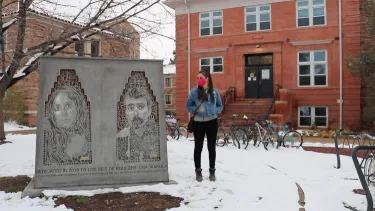
Márquez’s interest in raising awareness about the Chicano Movement of the 1960s and 1970s culminated in the completion of her master's thesis project, “Chicana Light.” The multimedia display is a deeply personal yet historically rich narrative of the Chicano experience through the lens of a biracial Chicana.
“My family, especially my mother, was deeply involved in the Chicano movement. So this whole project started out as a love letter to them,” said Márquez. The 28-year-old earned her master’s degree in creative technologies and design from CU’s ATLAS Institute in December.
At least nine generations of Márquez’s family have roots in southern Colorado’s San Luis Valley, including her maternal grandparents. Participants in the Chicano Movement — many of whom self-identified as Chicano or Chicana, a person who embodies elements of Indigenous, ethnic and cultural hybridity— advocated for social and politicalempowerment after enduring decadesof racism and discrimination in the American Southwest.
“[My family] has Spanish conquistador blood and Native American blood,” she said. “The Spanish came and conquered the Natives and some of my ancestors were Native. And then, of course, there was a second round of colonization, when white settlers moved in and took this land with the Treaty of Guadalupe Hidalgo —which signaled the end of the Mexican-American War in 1848. So, as Chicanos, we've been both the conqueror and the conquered.”
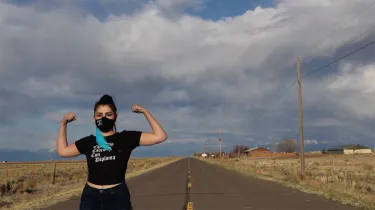
Márquez was inspired to explore these complexities after a year of living in Spain — where she had the eye-opening experience of connecting to her Spanish roots even though she isn't “fully Spanish” — and watching Symbols of Resistance. The 2016 documentary focuses on events of the Chicano Movement that took place in Colorado, including the 1974 killing of Los Seis de Boulder— six Chicano student activists — and the boycott of Adolph Coors Company to protest the beermaker’s treatment of Mexican American workers. The film pushed her to spotlight Colorado’s Chicano Movement activists in her thesis project — activists who are lesser known than El Movimento icons in California and New Mexico like Cesar Chavezand Reises Tijerina, respectively, but equally impactful.
In “Chicana Light,” Márquez uses projection mapping to display three different videos — framed by nearly 150 Coors cans — featuring generational footage of her family dating from the 1900s to modern day. The footage includes images of Márquez’s grandparents in the San Luis Valley, her mother as a student activist at Adams State University in Alamosa and her as a child.
When her project was selected to be displayed in the “Voces Vivas” exhibit at the Museum of Boulder, its focus evolved from raising awareness about the existence of Chicanos and Chicanas in Colorado to a more meaningful, multilayered message tying together her personal narrative and broader political themes. In the year-long exhibit highlighting Latino community stories from the past and present, Márquezhopes “Chicana Light” educates viewers about the history and culture of her people — and pushes them to better understand and explore their own complicated and intersectional identities.
“I think that people should not be frightened by that,” she said. “It's always worth knowing where you came from.”
“Chicana Light” will be on display at the Museum of Boulder until February 2023.

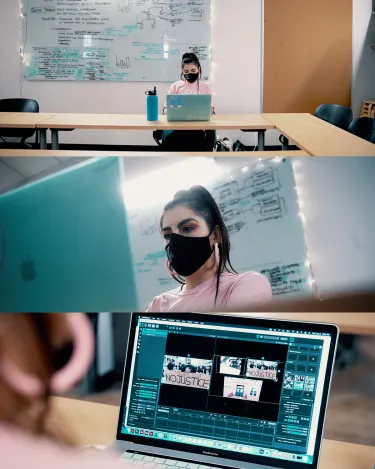
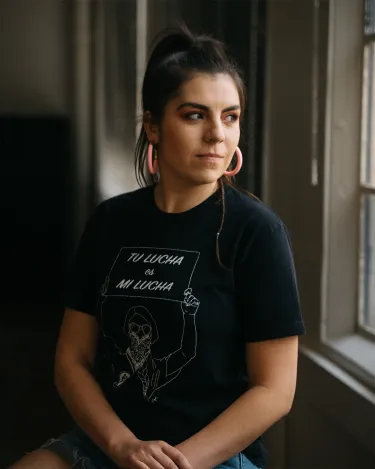
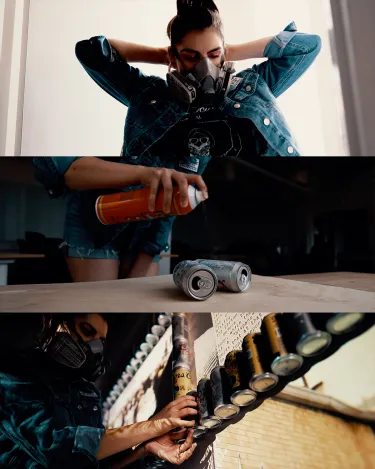
Photos courtesy Andrea Fautheree Márquez

